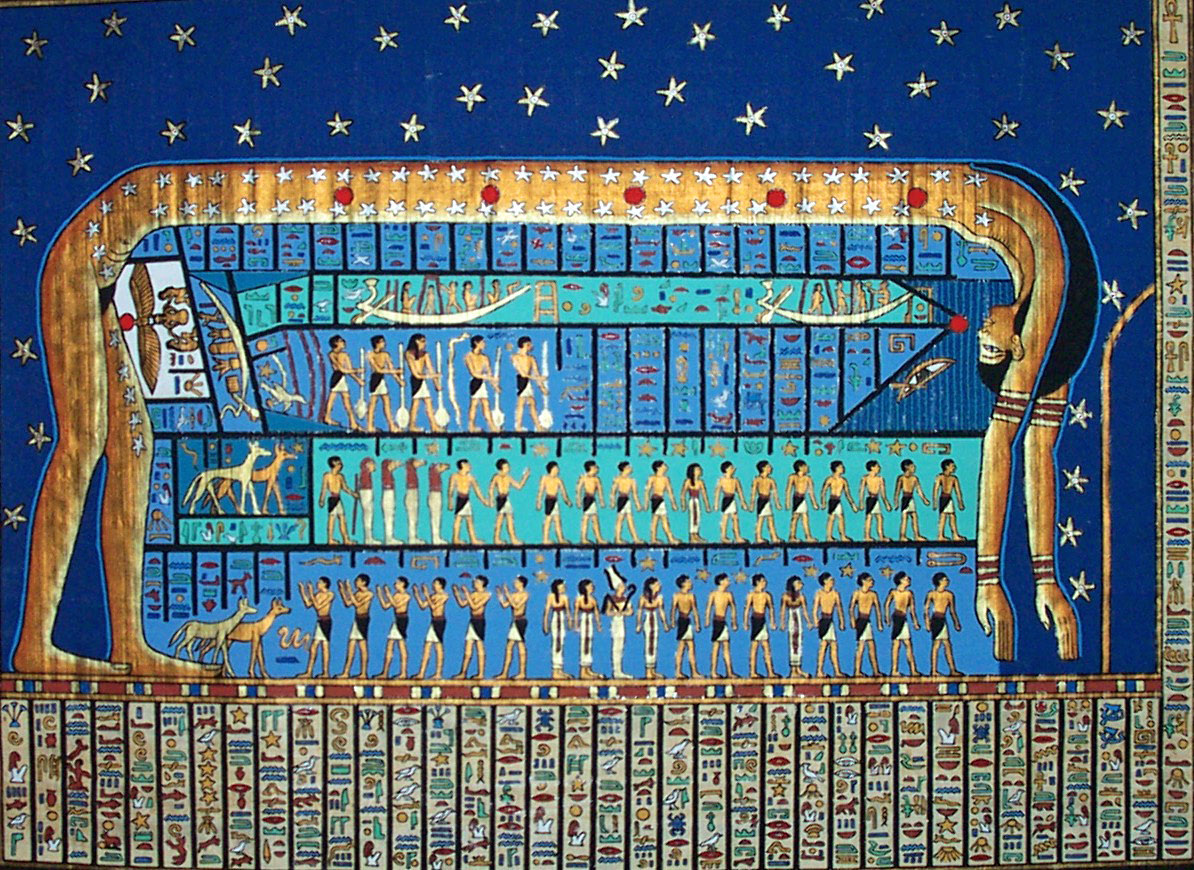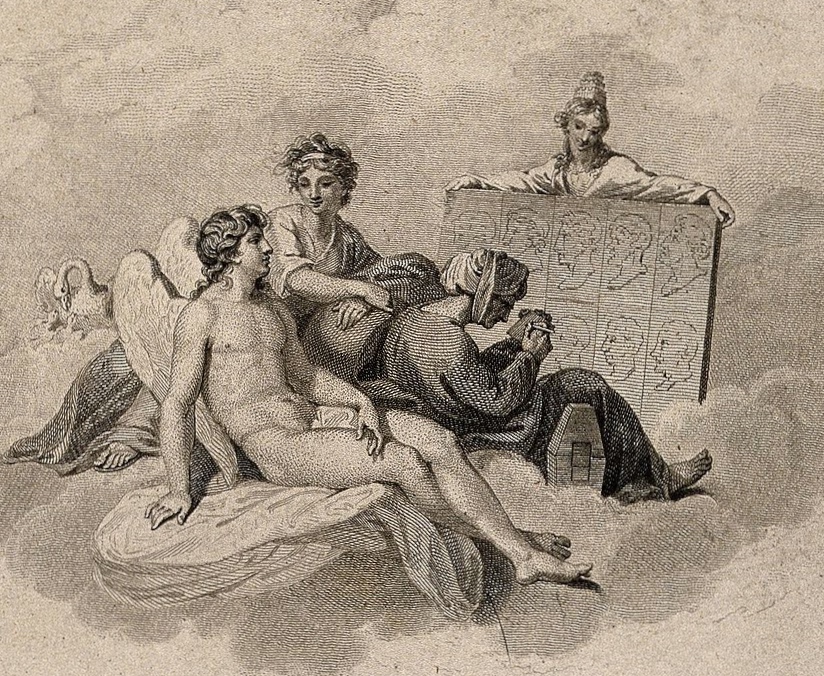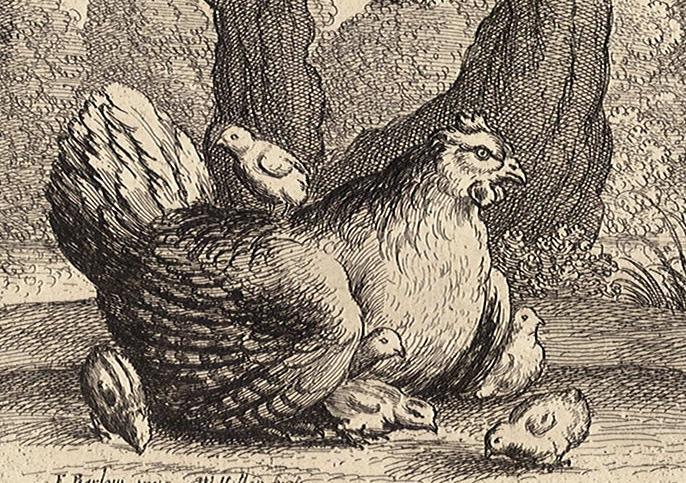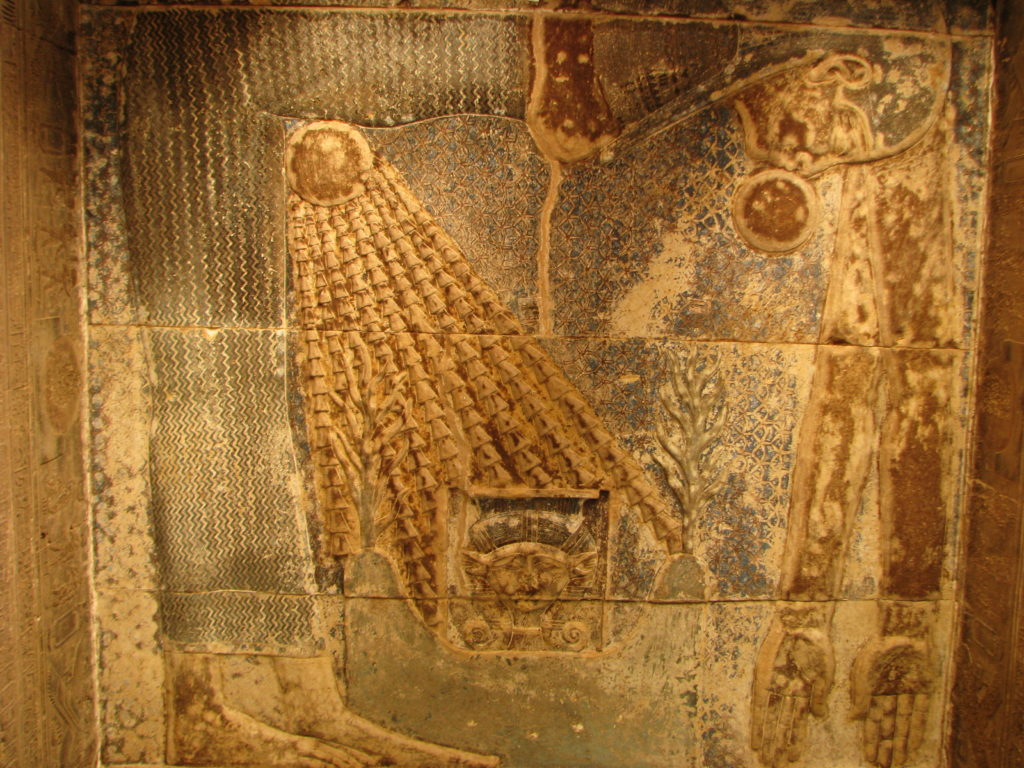The divine feminine has been hidden and removed from most of our ancient texts – we believe in the Bible as far as it is translated correctly – but today, we have greater scholarship uncovering the texts that reveal the divine feminine – once you start looking for her, you shouldn’t be surprised to see that the man is not without the woman or the God is not without the Goddess.
“So the Gods went down to organize man in their own image, in the image of the Gods to form they him, male and female to form they them.” (Abraham 4:27)
Cory Crawford, assistant professor of Biblical Studies in the Department of Classics and World Religions at Ohio University, wrote an article exploring The Struggle for Female Authority in Biblical and Mormon Traditions. It’s a great article, and I highly recommend reading it. Through the ages, scribes and their cultures have purposely made women appear less godly in the Bible.
Before reading Crawford’s article, I was reflecting on the scripture that says the Spirit of the Gods was brooding upon the face of the waters. Hugh Nibley pointed out that brooding implies time in the process of creation. Then I realized that the word “brooding” is also used in reference with hens — the mother hen broods — definitely a female thing. Let’s look at the definition of the word–
BROOD:
1. To sit on and cover, as a fowl on her eggs for the purpose of warming them and hatching chickens, or as a hen over her chickens, to warm and protect them.
2. To sit on; to spread over, as with wings; as, to sit brooding over the vast abyss.
As I read Crawford’s article, I received further confirmation of this idea of the female in “brooding”–
This creative aspect of Lady Wisdom may be connected with the (grammatically feminine) spirit (rûªḥ ʾĕlōhîm) in Gen 1:2 that moves on the face of the waters. (Cory Crawford)
“And the earth was without form, and void; and darkness was upon the face of the deep. And the Spirit of God moved upon the face of the waters.” (Genesis 1:2)
Or in the Book of Abraham, we read where the divine feminine is more apparent:
And the earth, after it was formed, was empty and desolate, because they had not formed anything but the earth; and darkness reigned upon the face of the deep, and the Spirit of the Gods was brooding upon the face of the waters.” (Abraham 4: 1-2)
Many times we can find the divine feminine hidden in myths. The Egyptians had this idea in their Goddess Nut. Remember that Abraham went down into Egypt during the famine and taught the Egyptians about the cosmos. Hugh Nibley’s crowning work was focused on Egyptian mysteries, One Eternal Round.
“O my Mother Nut, stretch Yourself over me, that I may be placed among the imperishable stars which are in You, and that I may not die.” Nut was thought to draw the dead into her star-filled sky and refresh them with food and wine: “I am Nut, and I have come so that I may enfold and protect you from all things evil.”

Goddess Nut
The Goddess Nut swallows the God Re (the Sun) every evening and bears him again every morning. (Nut Chapel, Dendera, Egypt.):
A man’s role resembles the phases of the sun. In his descent he dies so that he might rise again and beget new life. Reflecting that idea, ancient Near Eastern kings were called the “sun” of their peoples. (Gileadi, Isaiah Decoded, p. 203)
However, it is the woman who holds up the stars, protects the earth, and gives birth to the son — every day. That is quite a big responsibility: swallowing the sun — a type of conception, labor and delivery of the sun in the morning or approximately 12 hours later. And then do it again and again. There is something significant in that Egyptian drama.
If you are having trouble “hearing new information,” I think you should read Cory Crawford’s article; it’s a scholarly and spiritually enlightened paper.
Further Reading:
On the Biblical Evidence for the Restoration of Priesthood to Women in the LDS Tradition
Originally posted May 2016, Updated Jan. 2022




